Green alternatives to manure
Some say that you can't grow your own food without using manure as a fertilizer. I disagree! I almost only use green alternatives to animal manure and it works like a charm. Here are my 6 best tips.
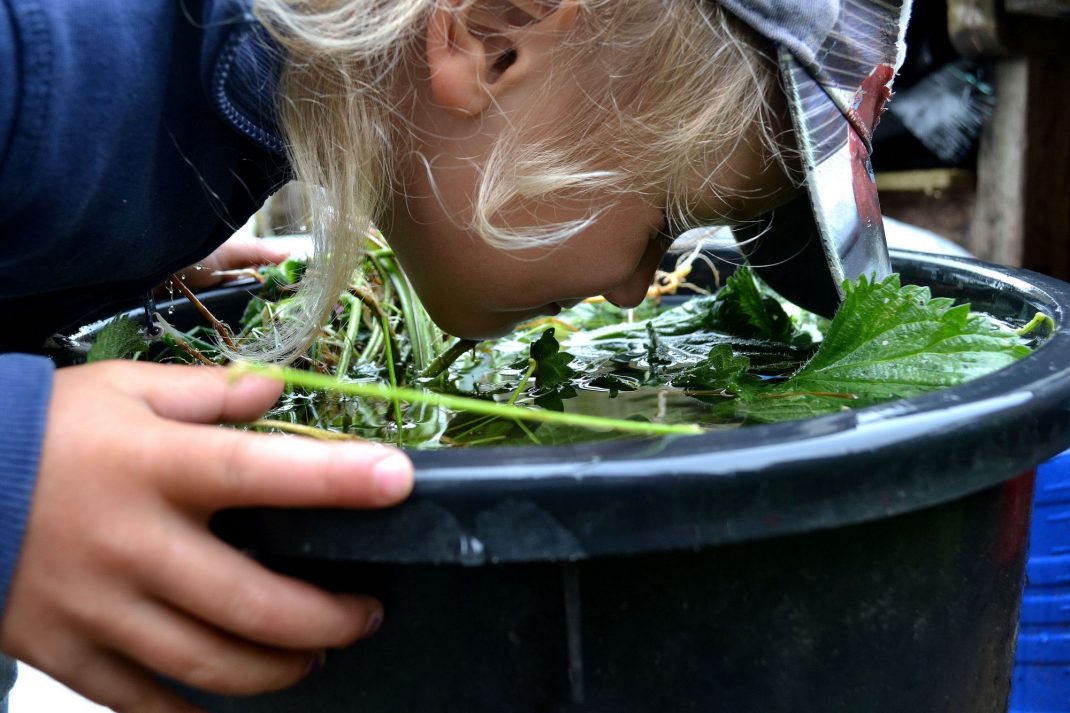
My son calls my nettle tea stink water!
When I started getting serious about growing vegetables, I was a bit worried about how I was going to provide the soil with enough fertilizer. I had read several books about growing your own food and all of them seemed to talk about using animal manure or store-bought manure in bags. My at the time 3700 sq ft (350 sq m) large kitchen garden needed a lot of fertilizer. Where was I supposed to get it?
Fortunately, fertilizing turned out to be a smaller problem than I thought. There are actually a lot of ways to fertilize soil without using any animal manure at all. I fertilize almost all of my garden without any traditional fertilizers. Yes, it's true! I grow on about 4800 sq ft right now and I have explored several great alternatives to manure.
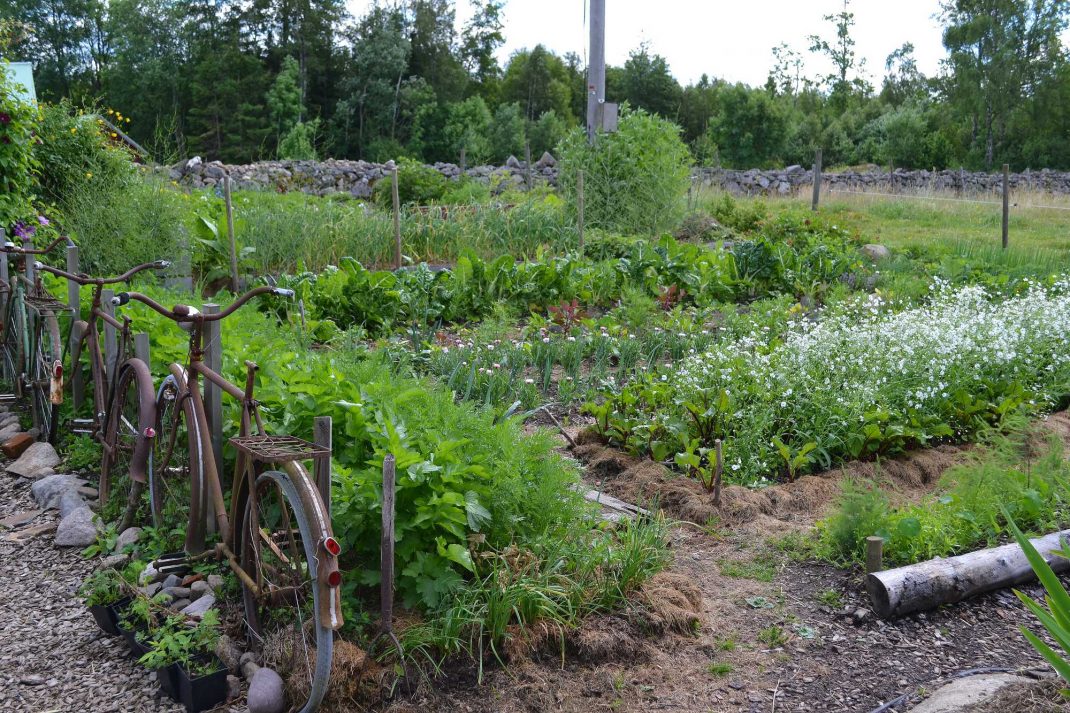
I try to cover all of my beds with plant material. The layer of mulch will provide my vegetables with plenty of nutrients throughout the entire season. Mulch is one of my favorite alternatives to manure.
Mulching
This is by far the most important fertilizing method in my garden. I would never be able to grow on a space this large with such great results without it. It's such a simple method where I just cover the soil with plant material. You could for example use grass clippings, silage, leaves and half-finished compost. The material will transform into great fertilizer with the help of the worms in the soil. I keep "feeding" the mulched beds throughout the year and I can hopefully keep a layer on top all year round. The mulch turns into a makeshift compost on top of my beds, and the vegetables love it. I have written quite a lot about mulching in my garden here on the blog. Check it out!
Read more about mulching here or watch the video below:
Liquid fertilizer
This method is about making liquid fertilizer from plant parts. Nettles contain a lot of nutrients so I always try to use them, but I also put a lot of general weeds in this mix. I use this method the entire season, from early spring when for example the nettles grow, until fall when I fertilize my late leafy greens and other plants in my winter projects.
Diluted urine
Some people like to paraphrase it and use a nicer word for it, but I think it's important to be clear about what I actually use, especially if I talk about it in front of my kids. You can use urine just like any other liquid fertilizer. Just make sure to dilute it, one part urine and ten parts water. Research shows that plants benefit from being watered with several less concentrated doses rather than more highly concentrated seldom ones. Neither diluted urine nor liquid fertilizer adds any structure to the soil, that's why it's so important for me to see the liquid fertilizers more as a complement to other methods. After all, the worms need something to chew on too!
Read more about diluted urine: Using diluted urine as a fertilizer
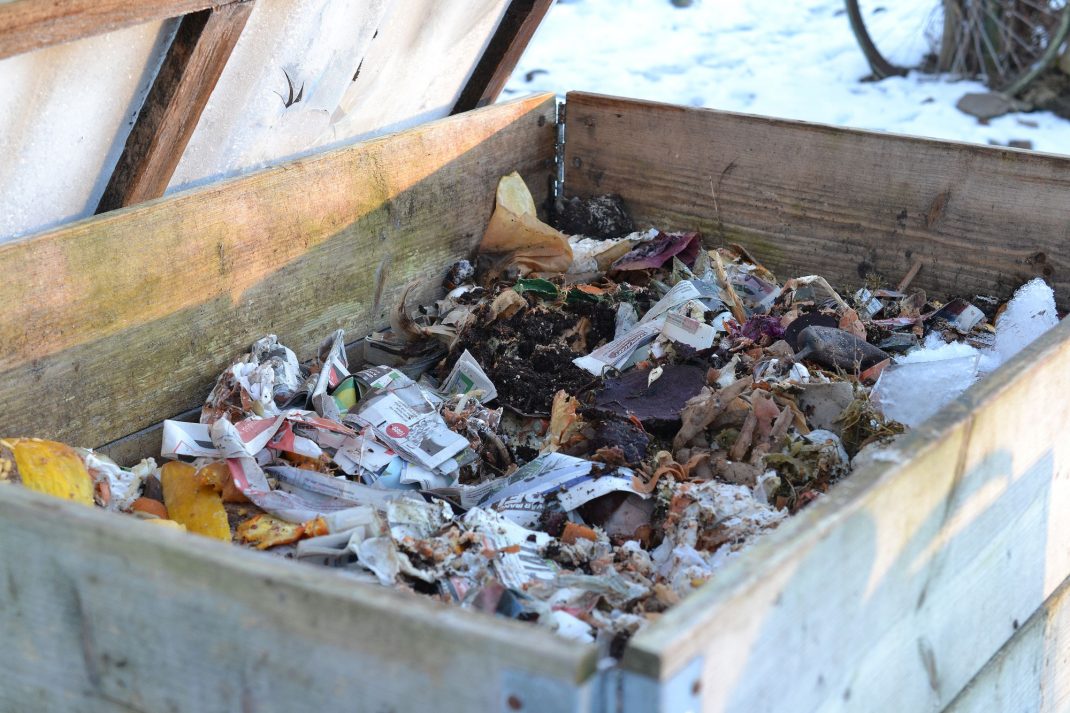
I build piles and boxes for my compost in winter when I can't bury it. I add soil on top when the box is full, and then I can start growing there.
Bokashi compost
I decided to completely skip the traditional compost and only use bokashi a few years ago as one of my alternatives to manure. I always bury the kitchen scraps right in my beds. Not having to turn and take care of heavy compost piles really saves me a lot of time. The bokashi compost turns into lovely soil in just a few weeks. Putting our kitchen compost straight into the beds means that I get a lot of new plant material and microbes in my beds right away.
Crop rotation
Using crop rotation is a great way to plan your gardening. It simply means to grow the crops in an order that benefits both the plants and the soil. I do crop rotation according to the groups of vegetables that are extra sensitive to diseases or infestations. I also have to think about how this rotation works with my mulching of course. One of the most important quarters in my garden is the legume section. Peas and beans fertilize the soil simply by growing. These types of plants bind nitrogen, which is a natural fertilizer. Try putting all of the legumes in one spot, growing lots of them and then the year after grow plants that require more nutrients in the same space. This way, I can utilize the nutrients that the plants themselves provide to the soil.
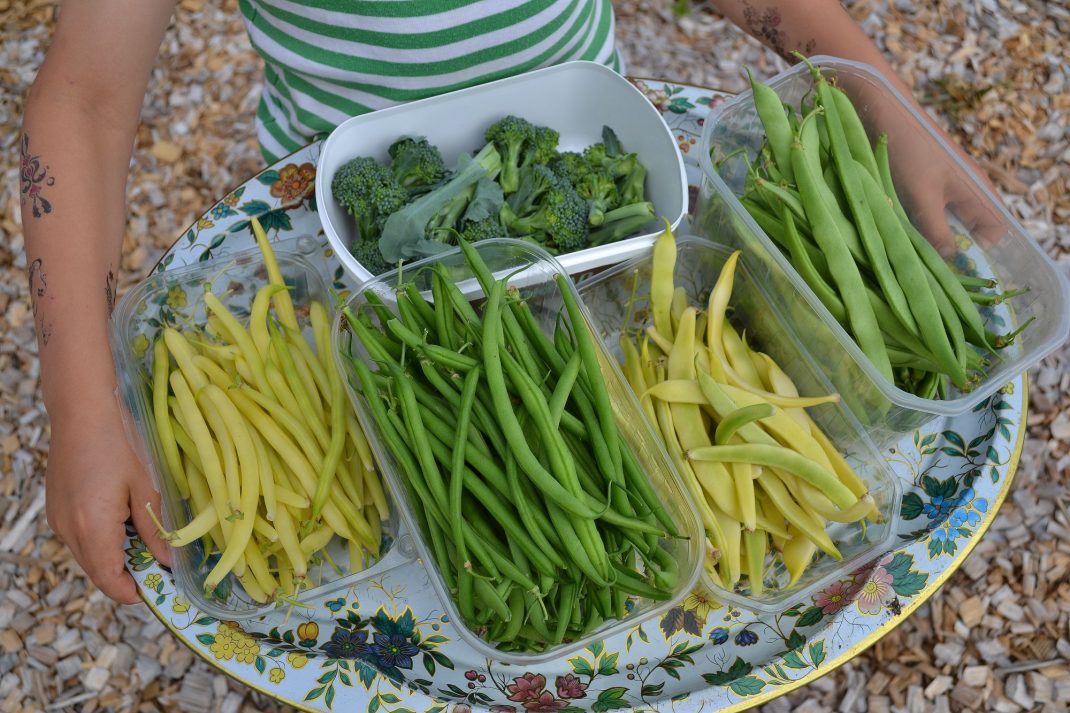
I grow a lot of legumes, both beans and peas. They are a great source of food we also freeze to eat later.
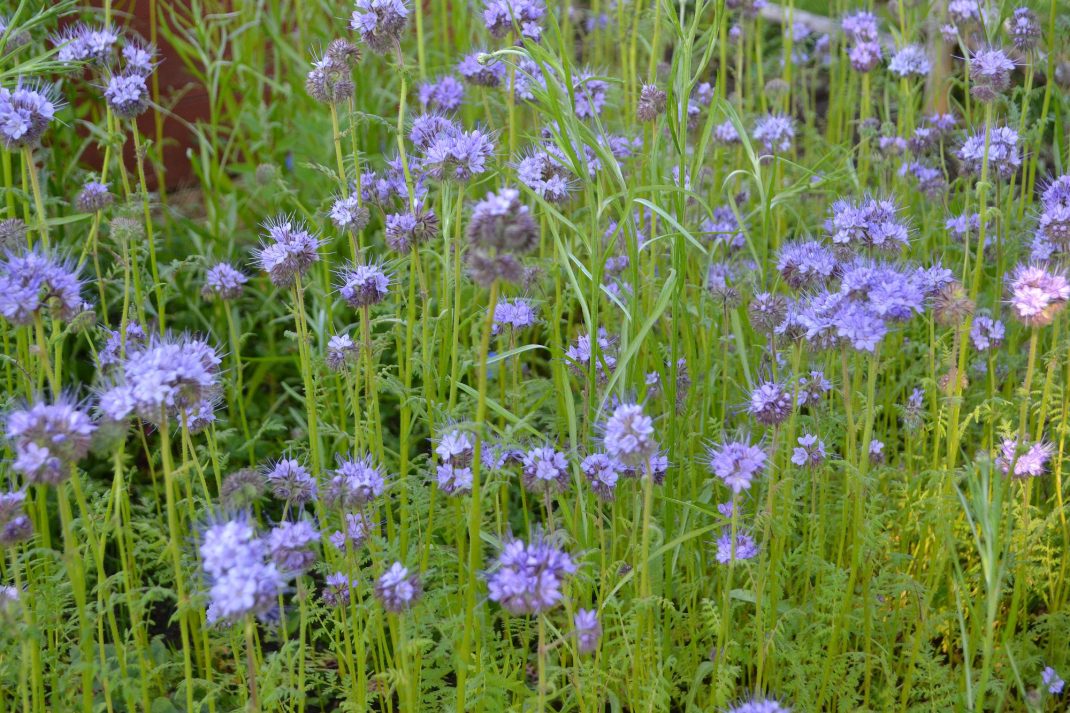
The beautiful phacelia flowers are a sight for sore eyes and also provide my garden with plenty of green manure, one of many great alternatives to manure from animals.
Green manure
My last tip is to start using green manure which will add a lot of plant mass to the soil. You simply plant or sow in a spot you are not using for the moment, you let it grow and then you cut the plants (or let them wither) before winter. The only thing I need to keep an eye on is bolting and seeds so that I don't get an invasion of plants that I don't want there next year. These plants are sometimes called cover crops and they help gather nutrients that are then released into the soil when they decompose. It's great! I grow a lot of sunflowers, lacy phacelias, lupines and cress. They are all great to use for this purpose.
Watch the video below to learn about building new beds with weeds:
If you have been following me for a while, you might know that I build hot benches with the help of horse manure every year. I dig the bed again after a year and the manure will have transformed into beautiful soil by then. I don't firstly use this soil as manure, but simply as regular soil for my new growing projects.
I sometimes get a few bags of chicken manure home but this is usually out of the ordinary and it's not something I need to manage my garden. I usually save these bags for a particular mulching project, I rarely use the manure directly in my beds.
I hope this post inspired you to use green alternatives to manure too. Good luck!
/Sara Bäckmo
25. January 2019
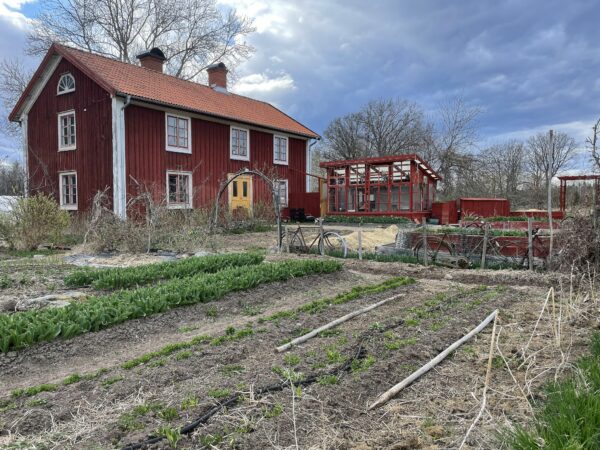
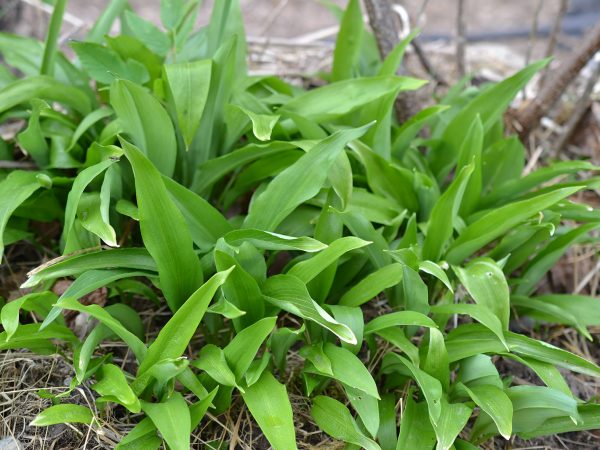
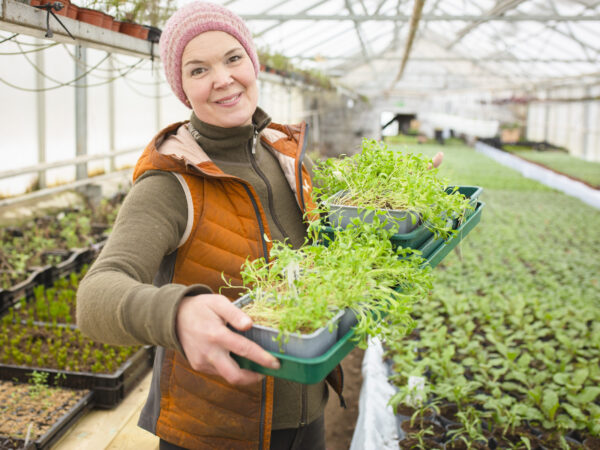
I have Trouble getting Horse Manure ETC. Due to Back Problem's , Which Causes me Great Pain when digging.
I have Had to use any Possible way to Fertilise the Area for Veg. I use Paper , Cardboard, Tea Bags , Lot's of Coffee Grounds from my Local Costa, Fallen Leaves, Any thing you Recommend .
Bokashi is Not on my List, as there are Only Two of us and we don't get enough material to fill the Bucket's. However I have Noticed how standing on the Ground that will be used to grow stuff get's really Hot. Thank you for your Knowlege which has been passed on to my daughters who have started to grow their own .
You're welcome. Take care!